Standard twoview mammography followed by additional mammographic projections is an effective way to demonstrate the spiculated mass and to classify the prepectoral lesion as category BIRADS 4 or 5 Additional ultrasonography can overcome the mimicry of invasive lobular breast carcinoma at mammograNormal and abnormal imaging features Normal IMLN are typically described in all imaging exams as a circumscribed mass, smaller than 10 mm, with oval or reniform shape and hilar fat, usually at a peripheral location, adjacent to a vein ()The most common location (about 70%) is the upper outer quadrants, however, it may be located anywhere in the breast 3 They are stable over time inAsymmetric density at the 12 o'clock position in the right breast (arrow) Additional mammography and US were performed due to suspected occult malignancy (c) On a spot compression mammogram, the asymmetric density persists and is
Www Biobran Org Uploads Case Study 3a1d32a1d152e7f1b1c5818d322b81ac Pdf
Where is 10 o'clock position on right breast
Where is 10 o'clock position on right breast-The positive predictive value on a screening examination for masses and calcifications is similar and is slightly lower for developing asymmetry and least for focal asymmetry Although architectural distortion is the least common of the four frequent signs of breast cancer, its reported positive predictive value for breast cancer on a screening examination (102 %) is similar to masses (97The 2 o'clock position in the left breast corresponds to the ____ position in the right breast 10 o'clock The retromammary space is located posterior to the pectoralis major muscle false, it is anterior The glandular tissue of the breast is divided into 15 lobes
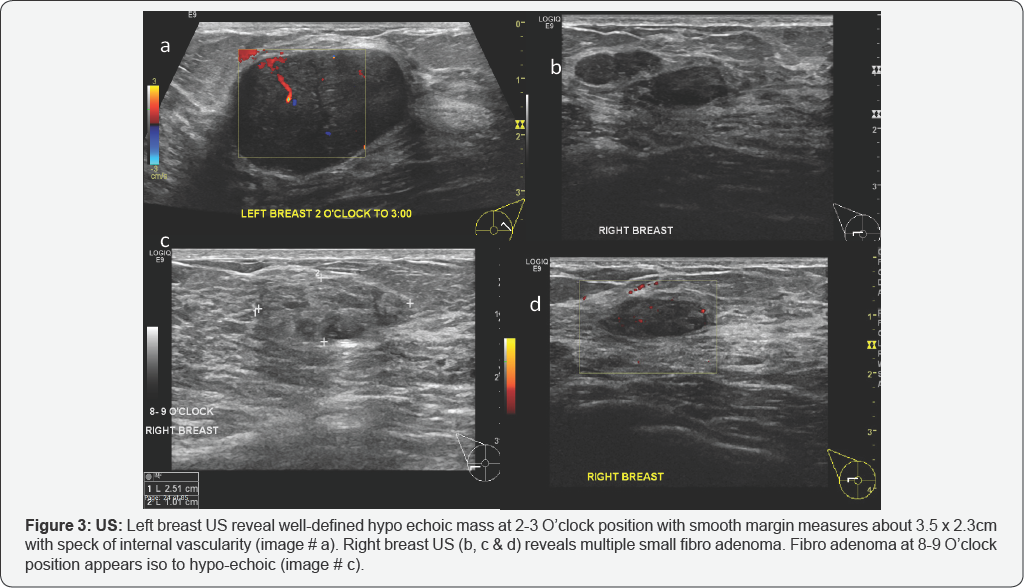



Cancer Therapy And Oncology International Journal Ctoij
In the Introduction, Dr Ellis wrote, "Due to these positional differences, a lesion reported at the 10o'clock position of the breast with mammography may be much closer to the 8o'clock position with sonography" Although confusion between different quadrants may occur for the lesions near the 3, 6, 9, or 12o'clock positions, the 10o'clock and 8o'clock positions are in completelyA clock position, or clock bearing, is the direction of an object observed from a vehicle, typically a vessel or an aircraft, relative to the orientation of the vehicle to the observer The vehicle must be considered to have a front, a back, a left side and a right side These quarters may have specialized names, such as bow and stern for a vessel, or nose and tail for an aircraftShould i get 2nd opinion or request biopsy?" Answered by Dr Dean Giannone Breast cyst Given that your age does put you at risk for breast canc
Code C509 (Breast, NOS) in this situation Code the primary site to C508 when O'Clock Positions and Codes Quadrants of Breasts 2 11 12 1 1 10 9 8 7 7 6 5 4 3 2 11 12 10 6 5 3 RIGHT BREAST LEF T BREAST UOQ UIQ UIQ UOQ LOQ LIQ LIQ LOQ C504The 21 edition of ICD10CM N6321 became effective on ;The 10o'clock position on a mammogram and sees a similar lesion at the 8o'clock position on ultrasound, they are very likely to be different lesions unless the mammographic posi tioning was initially incorrect or the findings were misinterpreted 2–4 Triangulation does have its weaknesses, mainly because of the positioning of the 90° mediolateral view compared with the position
Corresponds to an irregular mass lesion with indistinct margins at the 10 o'clock position, 30 mm from the nipple Combined imaging category 5 Malignant Architectural distortion and stellate lesion Architectural distortion represents lesions seen on mammography that cause distortion of the normal architecture of the breast parenchymaMammogram Circumscribed mass in the lower inner left breast which persists on spot compression views (not shown) Ultrasound Echogenic solid mass with marked vascular flow on color Doppler imaging at 8 o'clock 10 cm from the nipple measuring 6 x 4 x 6 mm, corresponding to the site of the mammographic massPathology The most common cause for an asymmetry on screening mammography is superimposition of normal breast tissue (summation artifact) 6Asymmetries that are subsequently confirmed to be a real lesion may represent a focal asymmetry or mass, for which it is important to further evaluate to exclude breast cancer 5Developing asymmetries are sufficiently suspicious




Ultrasonography At The 12 O Clock Position Of The Left Breast Revealed Download Scientific Diagram
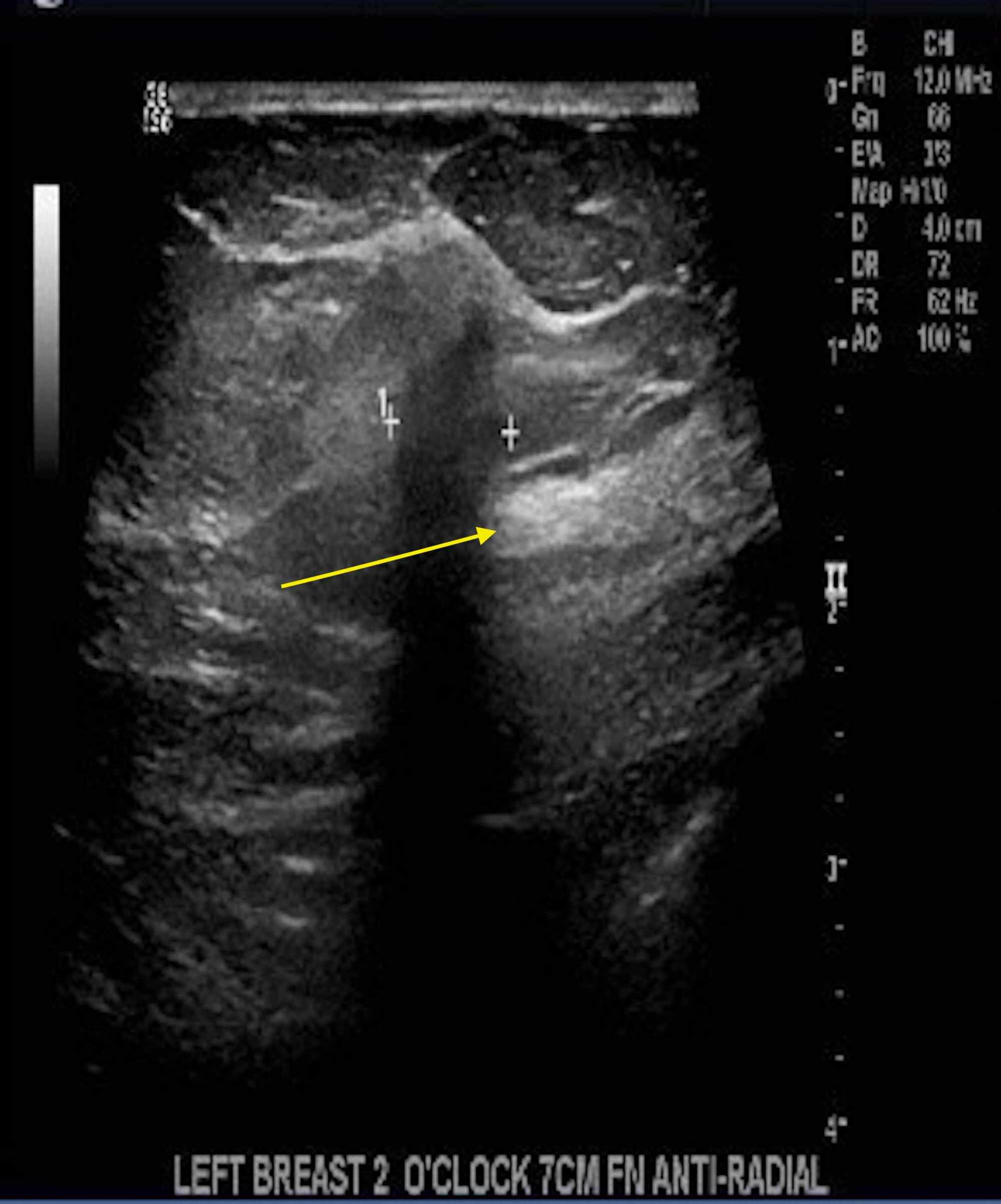



Cureus Invasive Lobular Breast Carcinoma Can Be A Challenging Diagnosis Without The Use Of Tumor Markers
Gravity A lesion located in the upper outer quadrant of the right breast is located in the 1 5o'clock position 2 2o'clock position 3 10o'clock position 4 7oc'clock position Click card to see definition 👆 Tap card to see definition 👆 3 10o'clock positionA 58yearold woman presented with a right breast lump at the 6 o'clock position Mammography showed a 3cm illdefined mass with irregular margins and associated architectural distortion abutting the chest wall in the lower outer quadrant of the right breast (Fig 3 ( 7K ));Breast cysts tend to affect women in the 30 to 50 age range, and are uncommon in post menopausal women Cysts often form in the lobule from a distended acini Most breast cysts are the result of fibroadenoma or breast fibrocystic disease, which are completely benign On a mammogram a cyst is typically round or oval and with a well circumscribed




Epos
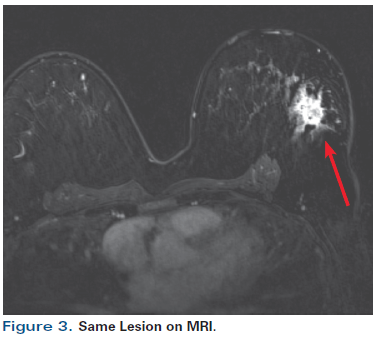



A 55 Year Old Woman With New Triple Negative Breast Mass Less Than 2 Cm On Both Mammogram And Ultrasound
Lisa Jacobs, MD, Johns Hopkins breast cancer surgeon, and Eniola Oluyemi, MD, Johns Hopkins Community Breast Imaging radiologist, receive many questions about how to interpret common findings on a mammogram reportThe intent of the report is a communication between the doctor who interprets your mammogram and your primary care doctor However, this report is oftenBreast cancer, ultrasonography Mediolateral oblique digital mammogram of the right breast in a 66yearold woman with a new, opaque, irregular mass approximately 1 cm in diameter The mass has spiculated margins in the middle third of the right breast at the 10o'clock position(b) Bilateral craniocaudal mammograms reveal a focal asymmetric density at the 12 o'clock position in the right breast (arrow) Additional mammography and US were performed due to suspected occult malignancy



The Role Of Ultrasound In Breast Imaging Document Gale Onefile Health And Medicine
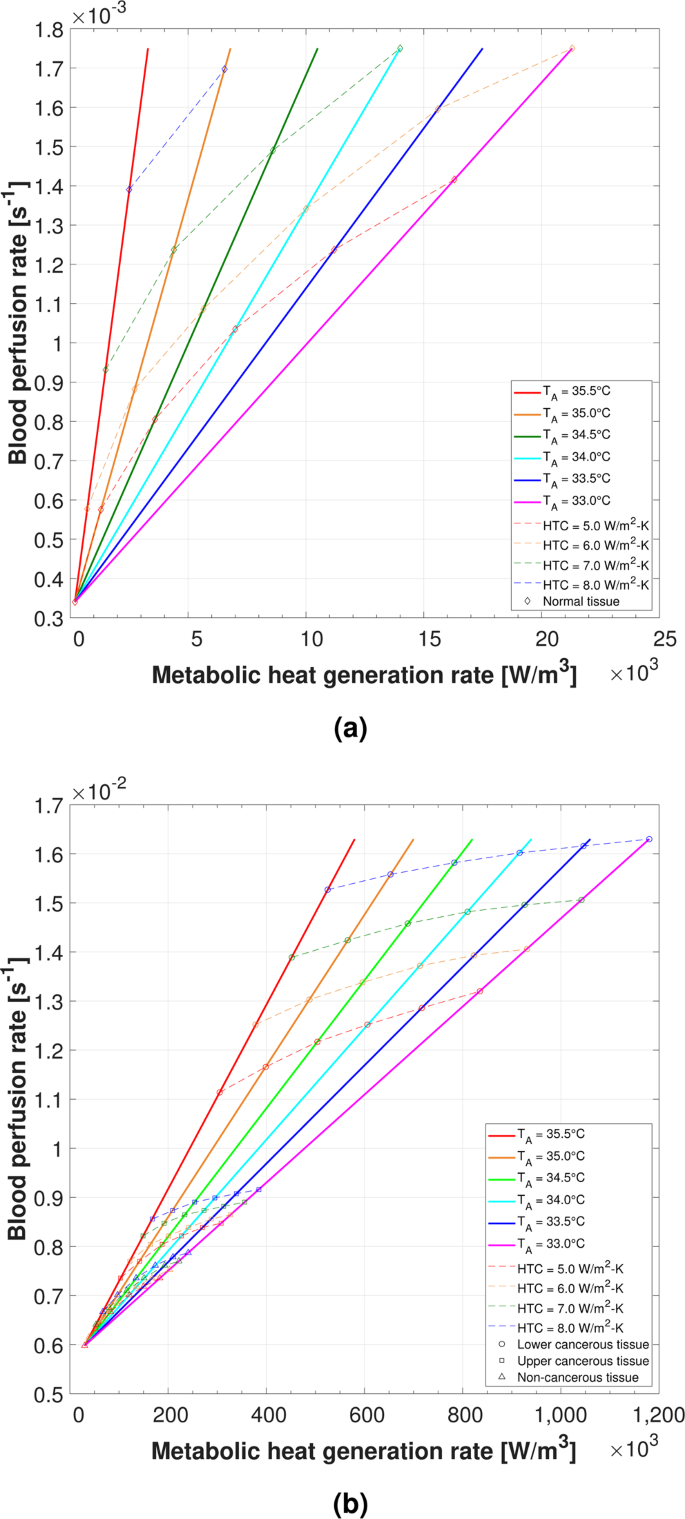



Determining The Thermal Characteristics Of Breast Cancer Based On High Resolution Infrared Imaging 3d Breast Scans And Magnetic Resonance Imaging Scientific Reports
US Breast Multiple hypoechoic lesions of varying sizes are seen in both the breasts, most of which are cysts The largest in the (R) breast is at 9 o'clock position from the nipple The largest cyst in the (L) breast is alos at 3 o'clock position A cystic lesion at 4 o'clock position has an internal septation withinBreast cancer, ultrasonography The patient in Images 2628 also had a 7mmdiameter cyst at the 10o'clock position in the right breast (black central structure) Note the wellcircumscribedI would recommend to use 2 diagnoses the quadrants that the mass/lump spans ie right side 12oclock would be N6311 for upper outer AND N6312 for upper inner It's not unspecified I am using the logic that if a patient had a left ovarian cyst and a right ovarian cyst, you would code both, not unspecified



Www Bjcancer Org Sites Oldfiles Library Userfiles Pdf 137 Pdf




Coding Breast Mass Becomes More Specific For Coders
•Right Breast UIQ –12 to 3 LIQ –3 to 6 LOQ – 6 to 9 UOQ –9 to 12 •Left Breast UIQ –9 to 12 UOQ –12 to 3 LOQ –3 to 6 LIQ –6 to 9 R v L matters!My tumour was located at the 12o'clock position in my right breast Given the size and solid shape of the mass, my surgeon performed a lumpectomy The breast cancer surgery process often includes a sentinel lymph node biopsy (SLNB) (FCKING OUCH), where a chain of nodes are removed to test for cancer spread within the lymphatic systemReview of a mammography study performed 2 years previously
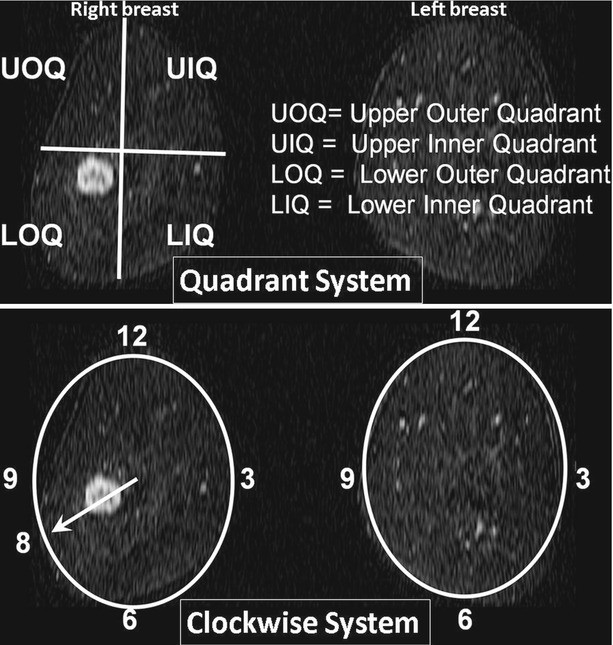



Breast Mri For Diagnosis And Staging Of Breast Cancer Springerlink



Fcds Med Miami Edu Downloads Naaccr Webinars Breast Breast final Pdf
Of diagnostic mammography and breast ultrasonography in detection and differentiation of posterior breast cancers Methods The study included 40 women with palpable, histopathological confirmed posterior breast cancer Mammographic and ultrasonographic features were defined according to Breast Imaging Reporting and Data System (BIRADS) lexiconThis is the American ICD10CM version of N6321 other international versions of ICD10Had mammogram followed by u/s complex cyst w/debri (5mm) identified told to have repeat mammogram in 1 year but how do i know for sure the "debri" isn't worrisome?




Figure 2 From Efficacy Of Pectoral Nerve Block Type Ii For Breast Conserving Surgery And Sentinel Lymph Node Biopsy A Prospective Randomized Controlled Study Semantic Scholar




Calcifications Springerlink
Fig 61 At the 12 o'clock position of the left breast and the 3 o'clock position of the right breast, there are two oval masses (arrows) The spot compression views demonstrate that the margins of the right mass are well defined, and the margins of the left mass are ill defined (A) Right MLO mammogram (B) Left MLO mammogramClock face description of breast lesion locations The clock face location of breast findings is described by imaging a clock on both the left and the right breast as the woman faces the examiner Note that the outer portion of the breast on the right is at the 9o'clock position and the outer portion on the left is at the 3o'clock positionWhen the breast is lifted up to position it on the image receptor, the tissue along the periphery of the breast should be palpated and additional special views of any thickening or mass that would not be imaged on the routine twoview mammogram should be obtained 30° Superolateralto



Fcds Med Miami Edu Downloads Teleconferences 11 11 Breast Fcds Required 3 Per Page With Note Space Pdf
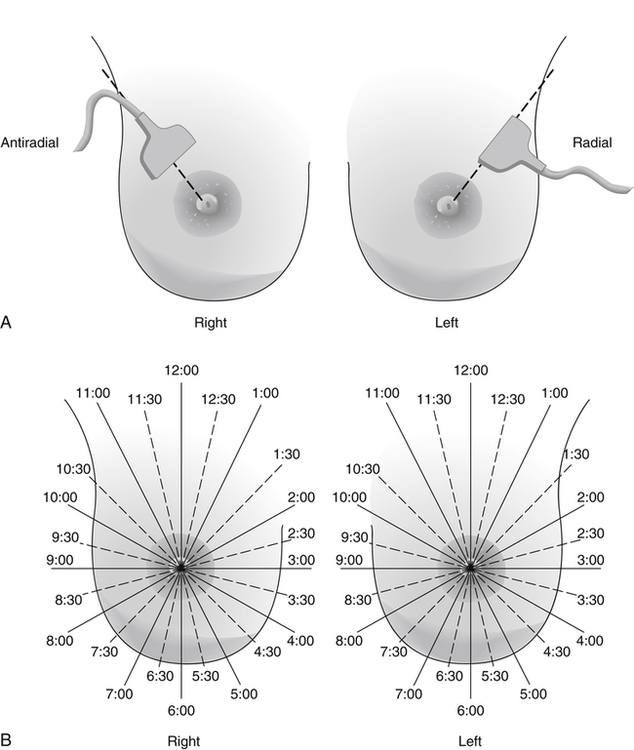



Breast Mass Radiology Key
Code C509 (Breast, NOS) in this situation Code the primary site to C508 when O'Clock Positions and Codes Quadrants of Breasts 2 11 12 1 1 10 9 8 7 7 6 5 4 3 2 11 12 10 6 5 3 RIGHT BREAST LEF T BREAST UOQ UIQ UIQ UOQ LOQ LIQ LIQ LOQ C504Ie Notice how UIQ is either 12 to 3Code C509 (Breast, NOS) in this situation O'Clock Positions and Codes Quadrants of Breasts 2 11 12 1 1 10 9 8 7 6 5 7 4 3 2 11 12 10 6 5 4 3 RIGHT BREAST LEF T BREAST UOQ UIQ UIQ UOQ LOQ LIQ LIQ LOQ C504 C502 C502 C504 C505 C503 C505 C503 C500 C501




National Program Of Cancer Registries Education And Training Series How To Collect High Quality Cancer Surveillance Data Ppt Download



1
Palpation of Benign Breast Masses In contrast to breast cancer tumors, benign lumps are often squishy or feel like a soft rubber ball with welldefined margins They're often easy to move around (mobile) and may be tender 4 Breast infections can cause redness and swellingLobular breast cancer accounts for around one in 10 breast cancer cases, according to CancerHelp UK Unlike some other forms of breast cancer that can present as a palpable lump in the breast, lobular breast cancer feels like a thickening of the breast tissue during cancer development The thickening is localized in one area of the breast andThe breast has average 15 to lobes or segments that give rise to a main duct ending in a lactiferous sinus in the nipple Each terminal duct collects 10 to 100 glandular acini that define a lobule recommended to perform complementary "hanging breast" views in order to prove the mobile sedimentary nature in this position




Cancer Therapy And Oncology International Journal Ctoij




Diagnostic Breast Imaging Clinical Breast Imaging A Patient Focused Teaching File 1st Edition
The outer left breast is at 3 o'clock and the outer right breast is at 9 o'clock In the left breast the upper outer quadrant is between 12 and 3 o'clock The radiologist will also describe the size and location of a finding by indicating the distance from the nipple in centimeters Centimeters are smaller than an inch10 o'clock position on mammogram () Recent clinical studies Diagnosis Cavernous hemangioma of the breast mammographic and sonographic findings and followup in a patient receiving hormonereplacement therapy Mesurolle B, Wexler M, Halwani F, Aldis A, Veksler A, Kao E J Clin Ultrasound 03 Oct;31(8)4306 doi /jcuUnspecified lump in the left breast, upper outer quadrant 18 New Code 19 21 Billable/Specific Code N6321 is a billable/specific ICD10CM code that can be used to indicate a diagnosis for reimbursement purposes;




Clock Position Wikipedia
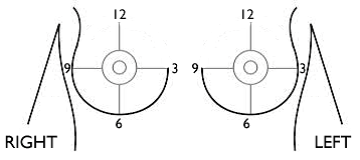



Breast Cancer Signs Symptoms And Understanding An Imaging Report Saint John S Cancer Institute
Twenty patients demonstrated a change in asymmetric tissue size, most commonly in the upper outer quadrant, followed by the axillary tail, the 12 o'clock position and the inner part of the breastMammogram Findings and Breast abnormalities There are about eight typical kinds of abnormalities that a conventional or diagnostic mammography may show An experienced radiologist is highly tuned to the appearance of breast abnormalities in diagnostic imaging This is why, most of the time, the radiologist has a pretty good idea whether a suspicious abnormality isNan Comment Next Question
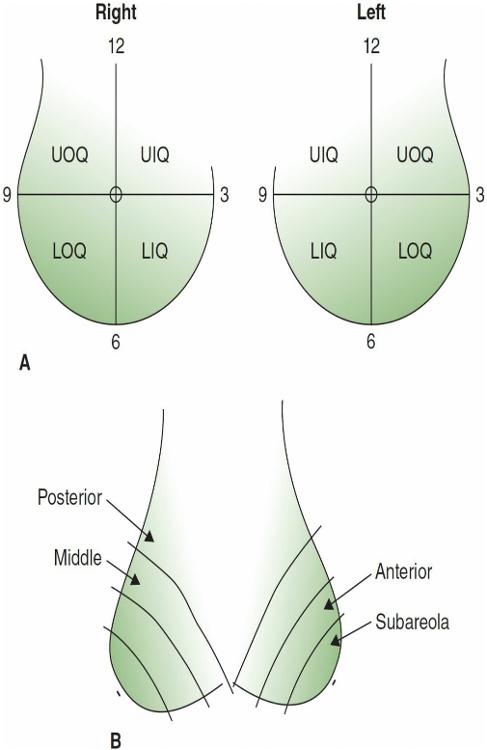



Print Anatomy Physiology And Pathology Of The Breast Mammography Flashcards Easy Notecards
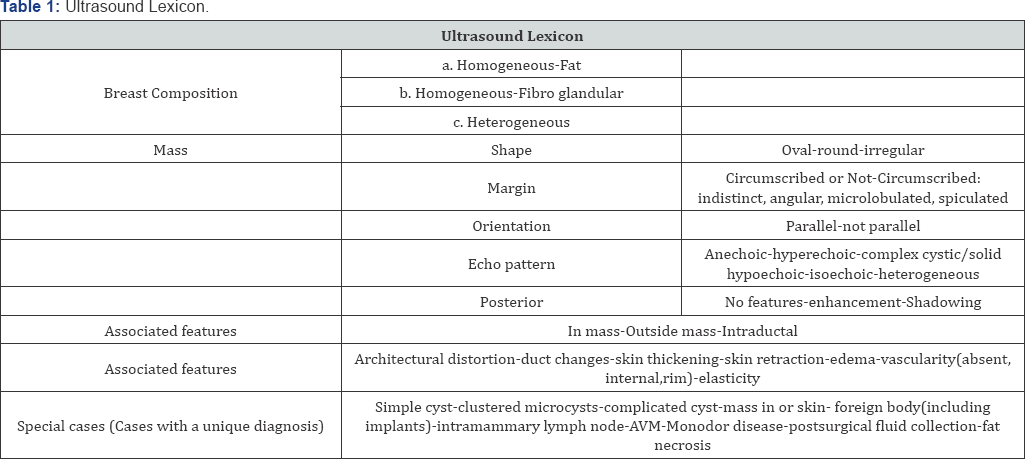



Cancer Therapy And Oncology International Journal Ctoij
Standard lumpectomy in the lower breast frequently results in significant defect and downpointing of the nipple For radially oriented lesions in the lower hemisphere of the breast (4o'clock to 8o'clock position, going clockwise), reduction mastopexy lumpectomy is a useful technique for excision that prevents deviation of nipple (Fig 147)Breasts are made out of both fatty tissue and fibroglandular tissue (see image) The level of thickness is controlled by the mammogram The more fibroglandular tissue, the denser the breast Fatty tissue is fundamentally dark on the mammogram and fibroglandular tissue is white Breasts are isolated into 4 classificationsFigure 810 HISTORY A 52yearold woman with a new palpable mass in the right breast at 10 o'clock MAMMOGRAPHY Bilateral MLO views (A) demonstrate a focal asymmetry in the right breast superiorly



1




Individualized Treatment Analysis Of Breast Cancer With Chronic Renal Ott
0 #4 Breast quadrants According to SuperCodercom "The correct codes for the 12 o'clock position breast mass are N6322 and N6321 or N6311 and N6312 as per laterality mentioned in document" Another post from from terrilynnlogan@gmailcom states "There was a WPS call back on Jan 10th where this issue was addressed"left breast lump found on bse;INTRODUCTION Ultrasonography (US) is an essential tool for evaluating breast masses In the Breast Imaging Reporting and Data System (BIRADS) and lexicon for US established by the American College of Radiology, breast lesions are classified as benign category 2, likely benign category 3, suspicious for malignancy category 4 (ac), and highly suggestive of malignancy
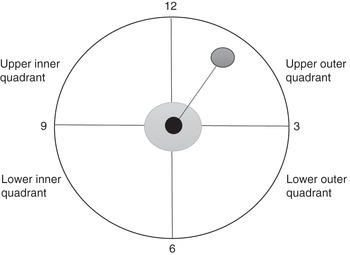



Office Care Of Breast Disorders Chapter 34 Office Care Of Women
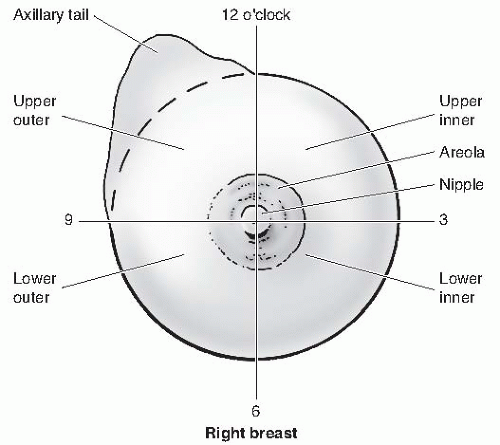



Breast Diseases Obgyn Key
• The hardest part of the breast to image (and the area most often missed on the MLO) is the posterior medial breast If done properly (offsetting the IR into the contralateral breast) you will be able to get deeper against the chest wall • There is no issue of the contralateral breast impeding the path of the compression paddleWhat does Scattered Fibroglandular Densities Mean?I got right in the same day to my PCP and of course I got the "its Fungal, I'm 95% sure" I was not convinced and I asked for a biopsy since it is at the 10 oclock position on my breast and not in the common places for fungle and no itch I was able to get in




Clock Position Wikipedia




Contrast Enhanced Dedicated Breast Ct Detection Of Invasive Breast Cancer Preceding Mammographic Diagnosis Sciencedirect
Given this guidance, a 12 o'clock right breast mass can be reported as ICD10 code N6315, Unspecified lump in right breast, overlapping quadrants, or as dual ICD10 codes for overlapping quadrants, N6311, Unspecified lump in the right breast, upper outer quadrant, and N6312, Unspecified lump in the right breast, upper inner quadrantRight nipple excoriation was noted There was a right retroareolar asymmetrical firmness particularly from about the 10 o'clock to 1 o'clock There was a large, soft, mobile, irregularbordered mass very lateral at the 10 o'clock position in the right breast, which measured approximately 25 x 25 cm Diagnostic mammogram Right breast (Fig3 o'clock position (right breast) is towards the middle of your chest3 o'clock position (left breast ) is towards your armpitHope I've been helpfulRegards Comment japdip It's Clockwise in both breasts Comment nannotnancy Thank you so much!




Lactational Breast Changes Lobular Hyperplasia Mimicking Masses How Can We Differentiate From True Pathological Masses
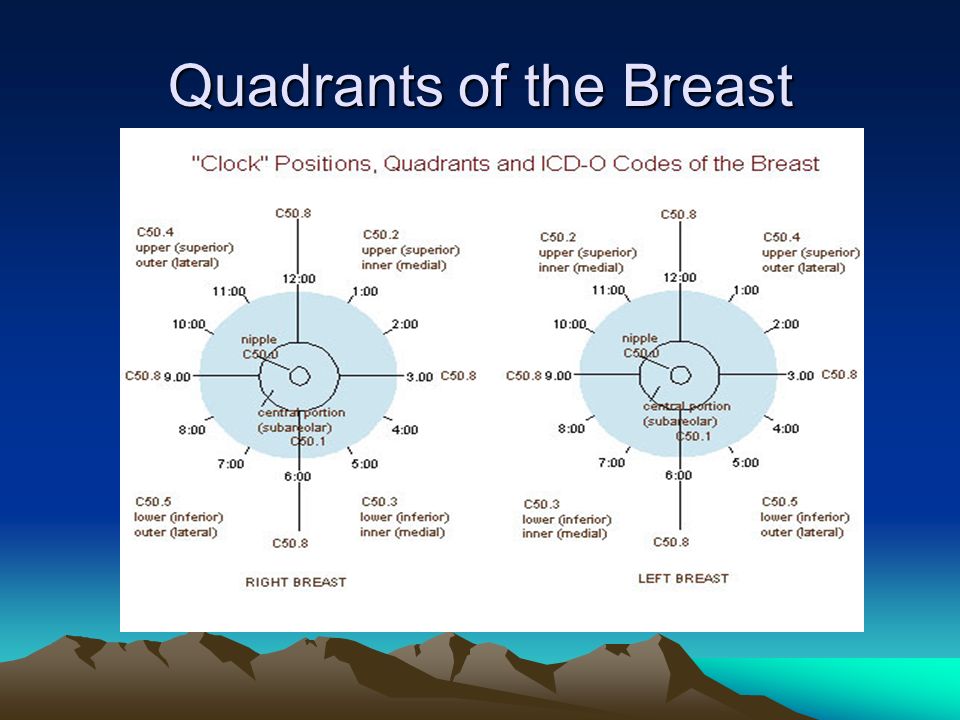



Left Breast Cancer Icd 10 Cancerwalls
These may be described as central, retroareolar, in a quadrant, or, more precisely, at a clock position The breast is viewed as the face of a clock with




Missed Breast Cancer Effects Of Subconscious Bias And Lesion Characteristics Radiographics




Nonvisualization Of Sentinel Node By Lymphoscintigraphy In Advanced Breast Cancer Topic Of Research Paper In Clinical Medicine Download Scholarly Article Pdf And Read For Free On Cyberleninka Open Science Hub
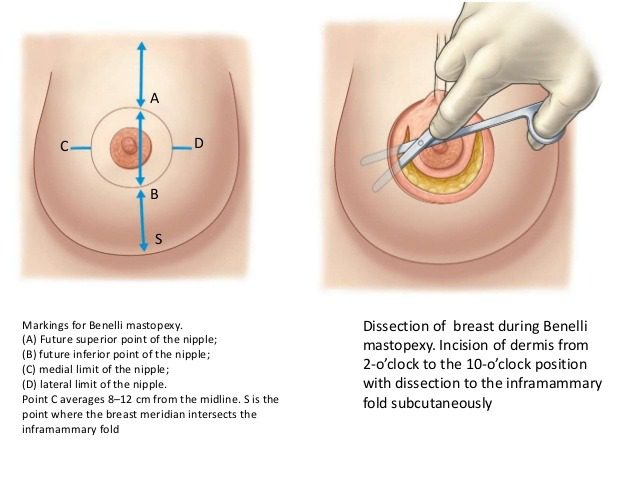



Advances In Breast Lifts Orlando Florida Best Plastic Surgeon




Factors Affecting Visualization Rates Of Internal Mammary Sentinel Nodes During Lymphoscintigraphy Journal Of Nuclear Medicine




Ultrasound Irregular Mass With Acoustic Shadow At Right 9 O Clock And Download Scientific Diagram




Breast Cancer Topic Quadrants Of Breast Cancer Survey Also




O Clock Position Of A Lesion On A Right Breast As Identified By Download Scientific Diagram



Nucleus Iaea Org Hhw Radiology Clinical Applications Specialities And Organ Systems Breast Imaging Guidelines And Literature Suggested Articles Reading A Mammogram Pdf
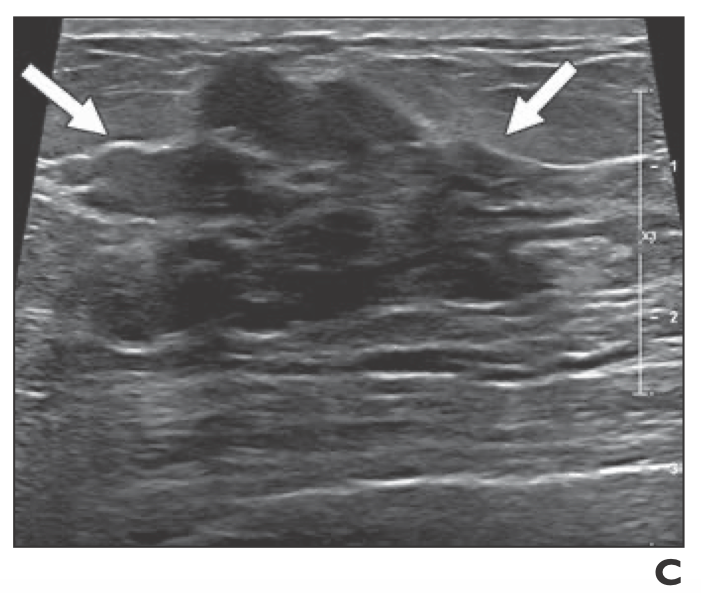



Breast Mri Identified Lesions During Neoadjuvant Therapy Are Largely Benign
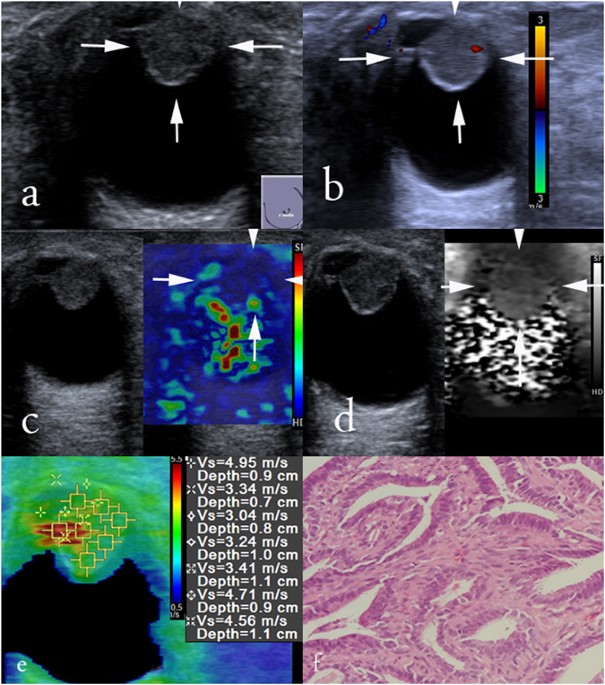



Virtual Touch Tissue Imaging And Quantification Value In Malignancy Prediction For Complex Cystic And Solid Breast Lesions Scientific Reports




The Radiology Assistant Bi Rads For Mammography And Ultrasound 13




Molecular Breast Imaging In Breast Cancer Screening And Problem Solving Radiographics




Experts To Consider All Aspects Of Breast Ultrasound European Society Of Radiology




01x Breast Anatomy Anatomy Exhibits
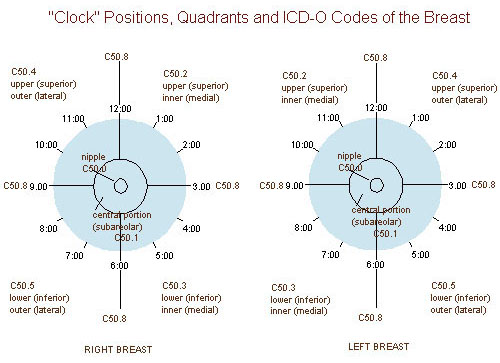



Seer Training Quadrants Of The Breast




Sonography Of The Breast



2
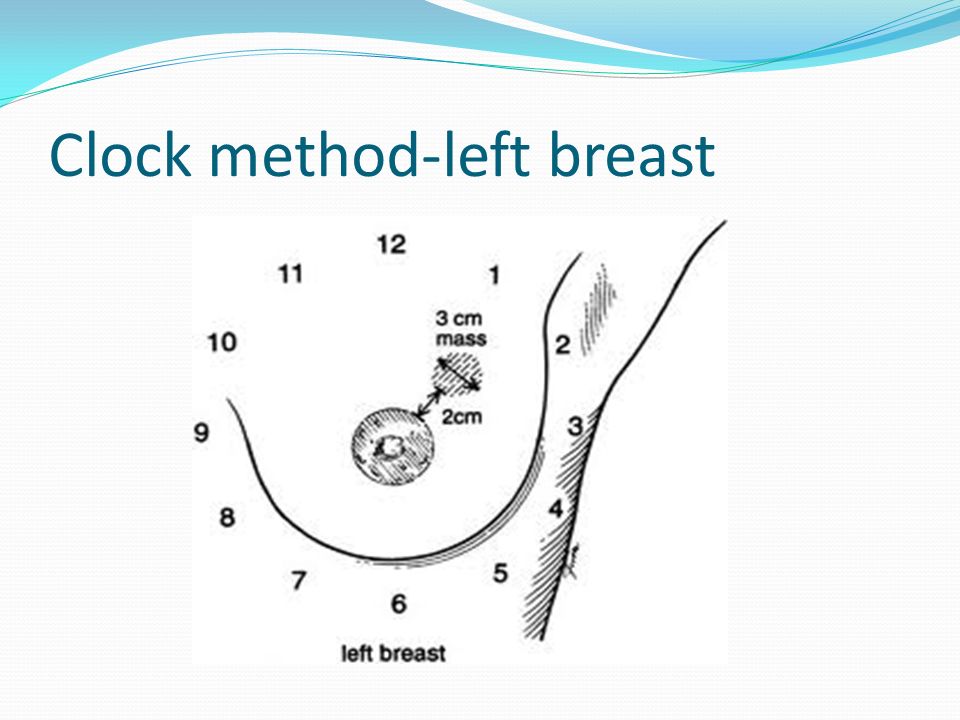



Ultrasound Of The Breast Part 1 Ppt Video Online Download




Breast Cancer Topic Interpreting Your Report
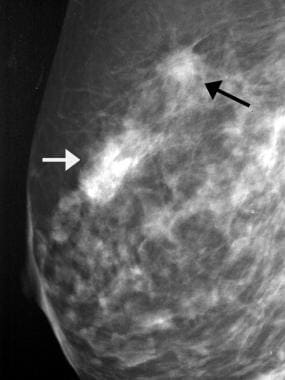



Breast Cancer Ultrasonography Practice Essentials Role Of Ultrasonography In Screening Breast Imaging Reporting And Data System
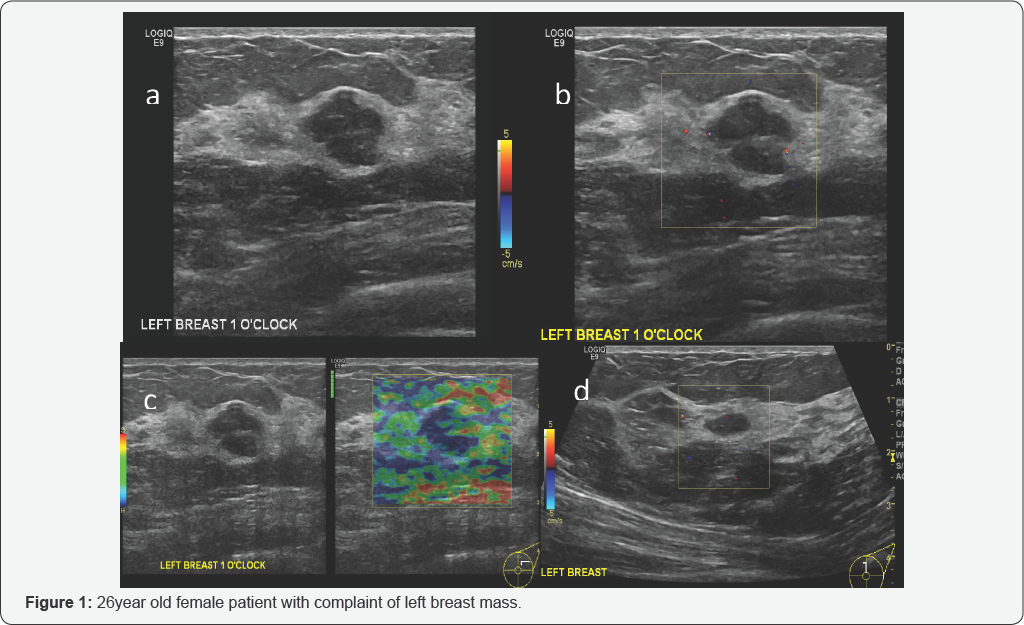



Cancer Therapy And Oncology International Journal Ctoij




Cancer Therapy And Oncology International Journal Ctoij



Www Biobran Org Uploads Case Study 3a1d32a1d152e7f1b1c5818d322b81ac Pdf




Methylene Blue Dye Related Changes In The Breast After Sentinel Lymph Node Localization Kang 11 Journal Of Ultrasound In Medicine Wiley Online Library
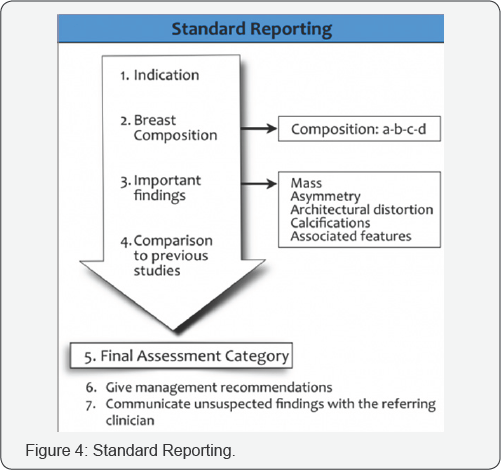



Cancer Therapy And Oncology International Journal Ctoij




Coding Breast Mass Becomes More Specific For Coders




Ultrasonography At The 12 O Clock Position Of The Left Breast Revealed Download Scientific Diagram
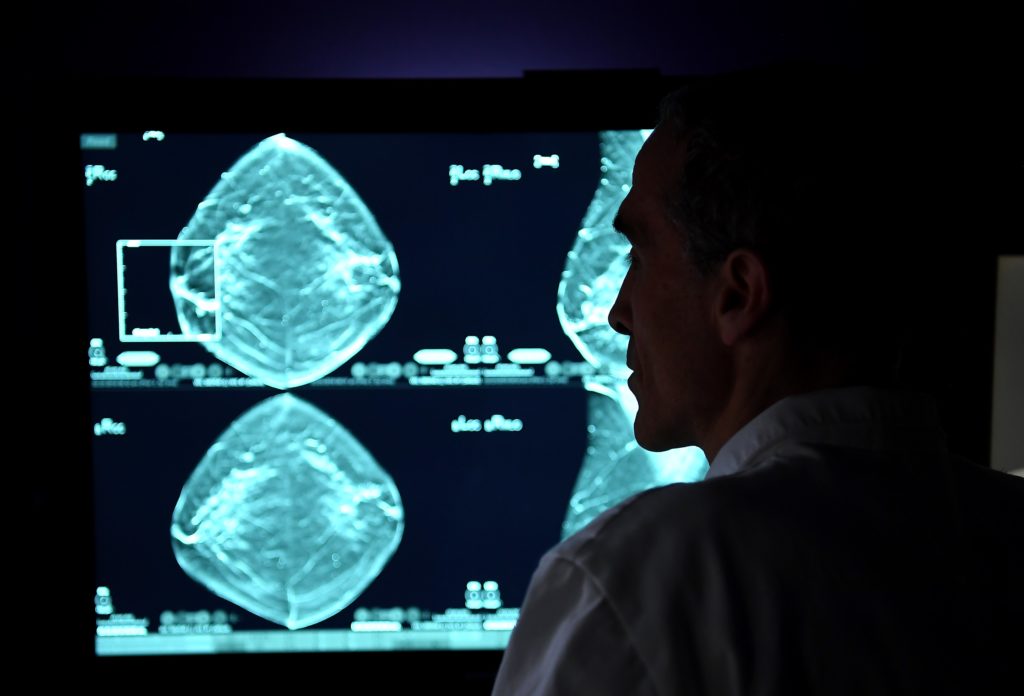



Breast Cancer Signs Symptoms And Understanding An Imaging Report Saint John S Cancer Institute




Contrast Enhanced Dedicated Breast Ct Detection Of Invasive Breast Cancer Preceding Mammographic Diagnosis Sciencedirect




Electrical Impedance Spectroscopy For Breast Cancer Diagnosis Clinical Study




Early Diagnosis And Treatment Of Cancer By Juan Jaramillo Issuu
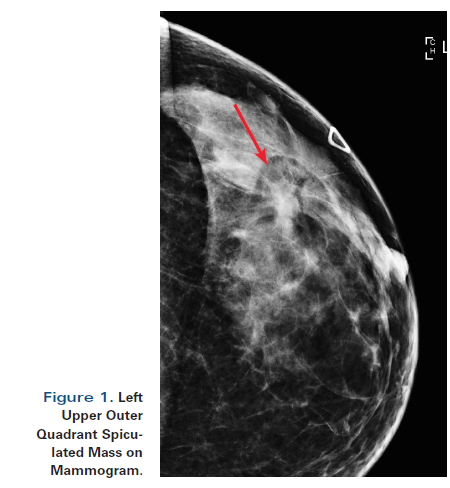



A 55 Year Old Woman With New Triple Negative Breast Mass Less Than 2 Cm On Both Mammogram And Ultrasound




Ultrasonography At The 12 O Clock Position Of The Left Breast Revealed Download Scientific Diagram




Breast Cancer



Usefulness Of Postoperative Surveillance Mr For Women After Breast Conservation Therapy Focusing On Mr Features Of Early And Late Recurrent Breast Cancer
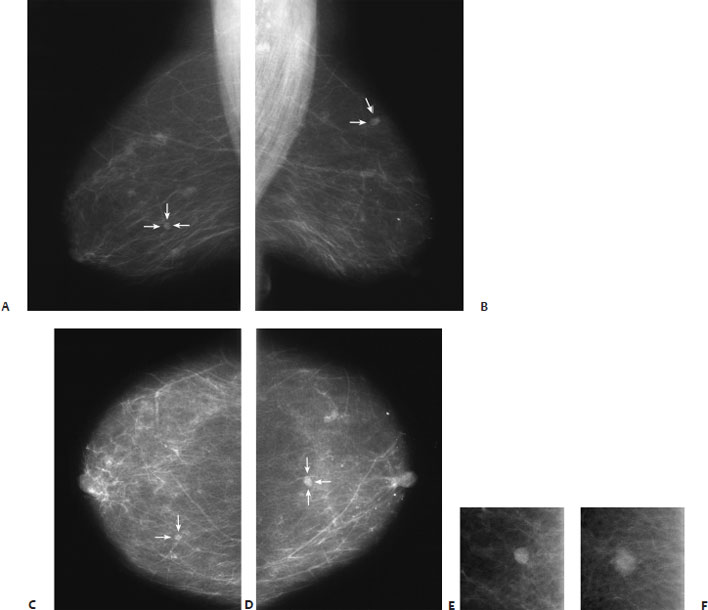



Circumscribed Masses Medium Or High Density Masses Radiology Key
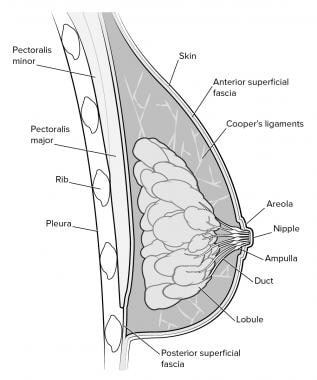



Breast Ultrasonography Practice Essentials Technique Invasive Ultrasonography




Diagnosis And Management Of Benign Breast Disease Glowm



Breast Ultrasound Radiology Key




Lange Q A Chapter 3 Anatomy Physiology And Pathology Of The Breast Flashcards Quizlet




Breast Coding Guidelines Surveillance Epidemiology And Flip Ebook Pages 1 4 Anyflip Anyflip
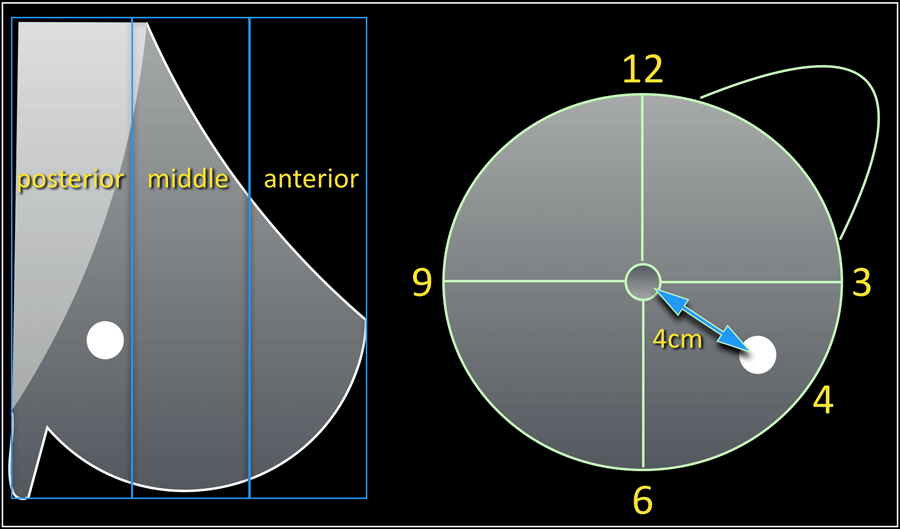



The Radiology Assistant Bi Rads For Mammography And Ultrasound 13



Q Tbn And9gct Vjpoc9itwcqkyw Sdvzpdcfg8y7swldcqbye27i7taecwtie Usqp Cau




Coding Breast Mass Becomes More Specific For Coders
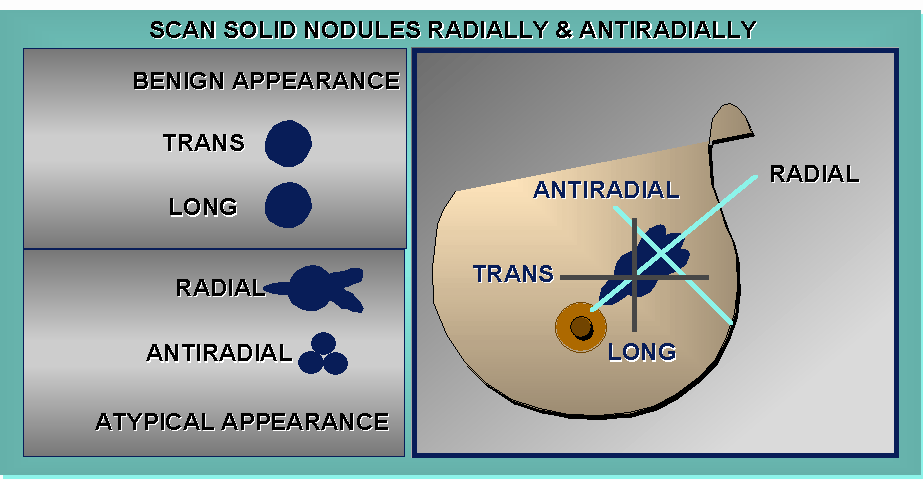



Sonography Of The Breast




Lange Mammogram Chapter 3 Flashcards Quizlet



Spie Org Samples Pm211 Pdf




Finding Early Invasive Breast Cancers A Practical Approach Radiology




Chapter 3 Lange Improved Flashcards Quizlet



Seer Cancer Gov Manuals 21 Appendixc Coding Guidelines Breast 21 Pdf



Antr510 027 Anatomy Of The Breast Msu Mediaspace



Fcds Med Miami Edu Downloads Naaccr Webinars Breast Breast final Pdf




O Clock Position Of A Lesion On A Right Breast As Identified By Download Scientific Diagram
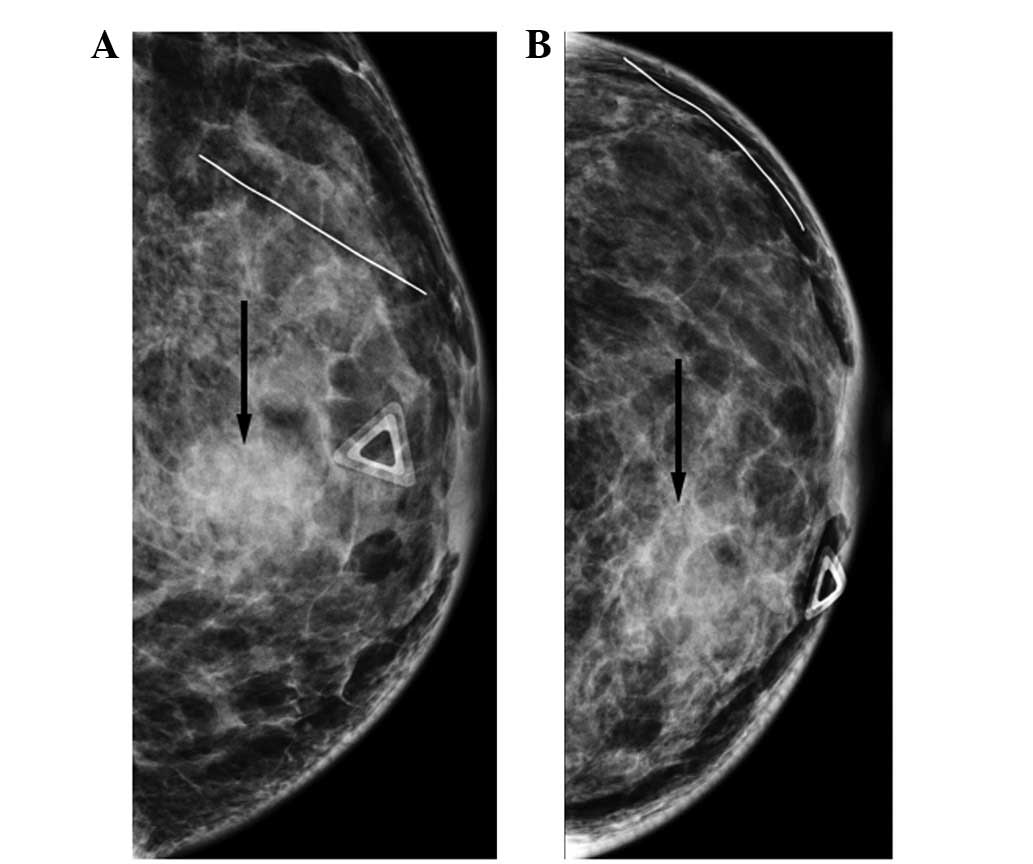



Breast Metastasis From Nasopharyngeal Carcinoma A Case Report And Review Of The Literature



Nucleus Iaea Org Hhw Radiology Clinical Applications Specialities And Organ Systems Breast Imaging Guidelines And Literature Suggested Articles Reading A Mammogram Pdf
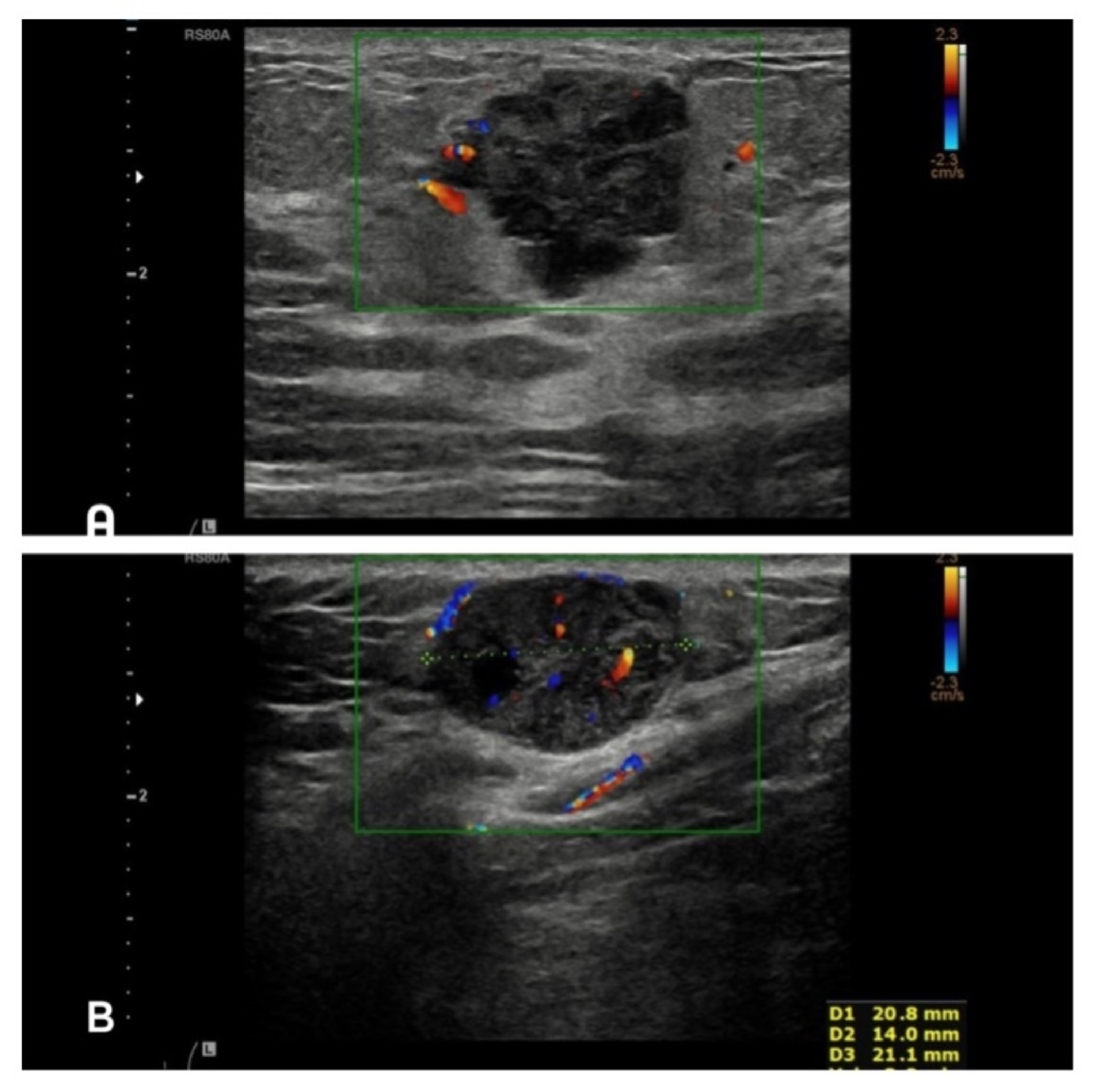



Cureus Metastatic Malignant Melanoma With Occult Primary Presenting As Breast Mass A Case Report And Literature Review
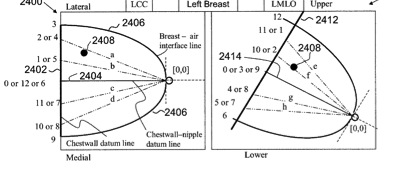



Gallery Formats Parvizbagloo



Spie Org Samples Pm211 Pdf




Clock Locating Lesion



3




Breast Cancer Lumps Where Are They Usually Found



Www Birpublications Org Doi Pdf 10 1259 Bjr




Fig 1 Preoperative Mammography And Breast Ultrasound Of A 60 Year Old Woman A Mammography Reveals A 0 9 Cm Mass Arrows With An Indistinct Margin Ppt Download



Http Static pc Com A3c7c3fe 6fa1 4d67 8534 A3c9c15fa0 C7b39f96 0935 4e94 84b8 C4a6d9d86abd 3739cb 8b1c 4e15 6b E6192eec5078 Pdf
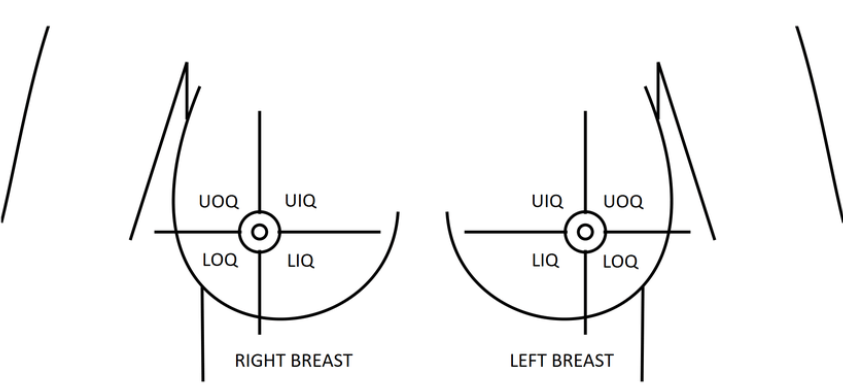



Icd 10 Cm Coding Overlapping Breast Quadrants Coffee With A Medical Coding Auditor
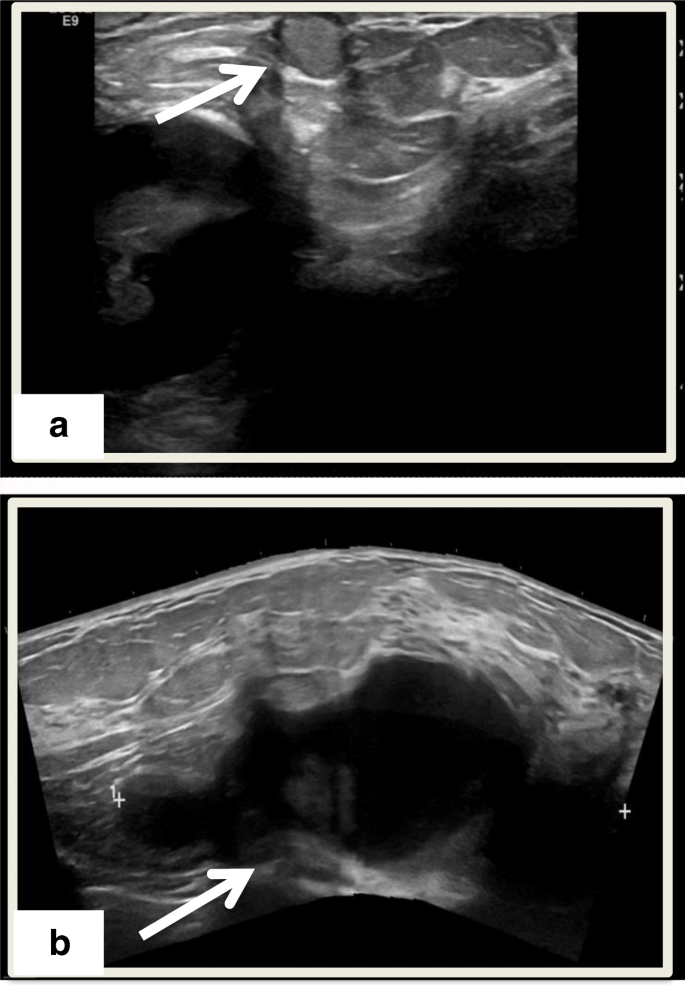



Unusual Recurrent Metastasizing Benign Breast Papilloma A Case Report Journal Of Medical Case Reports Full Text




Diagnostic Breast Imaging Clinical Breast Imaging A Patient Focused Teaching File 1st Edition




Cancer Therapy And Oncology International Journal Ctoij




Diagnosis And Management Of Benign Breast Disease Glowm




Icd 10 Code For Breast Cancer At 12 00




Diagnostic Breast Imaging Clinical Breast Imaging A Patient Focused Teaching File 1st Edition
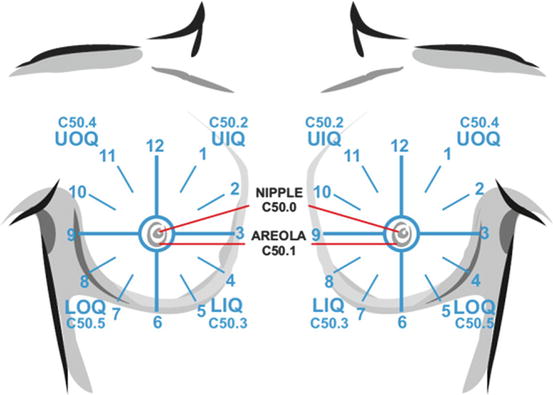



Healthy Breast With Ultrasound Radiology Key




Breast Cancer Topic If You Are Waiting Please Let Me To Share My Experience
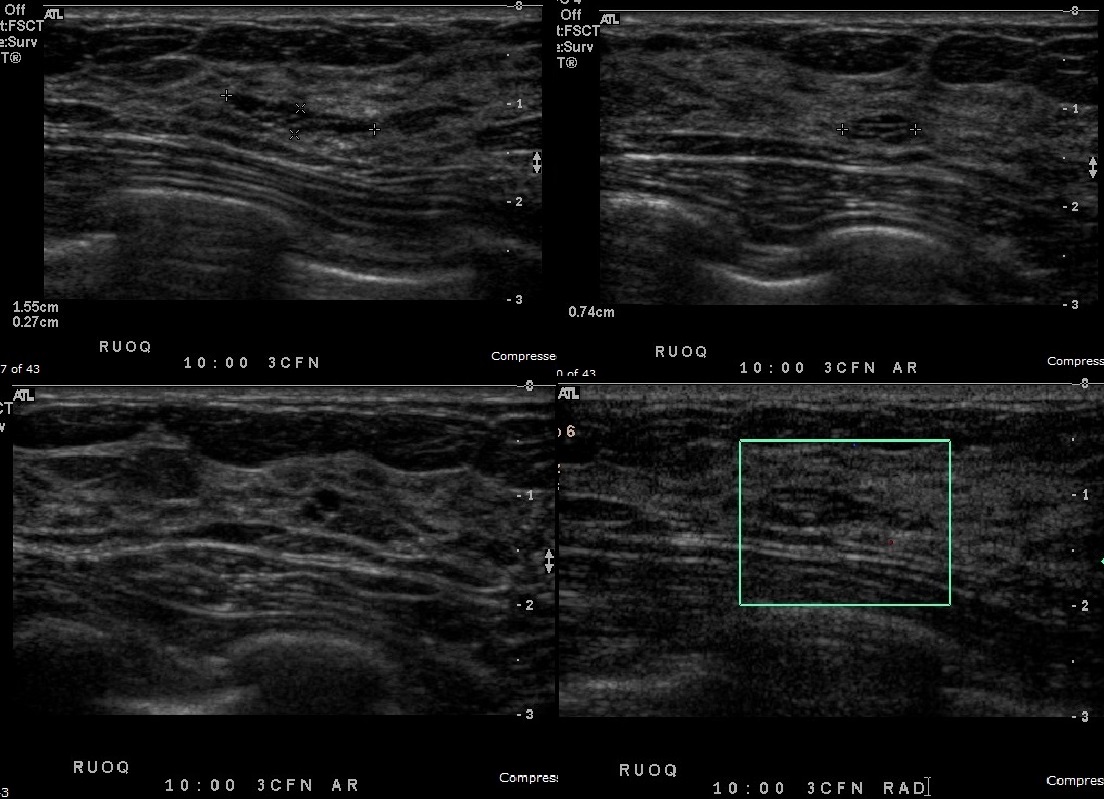



Epos Trade



0 件のコメント:
コメントを投稿